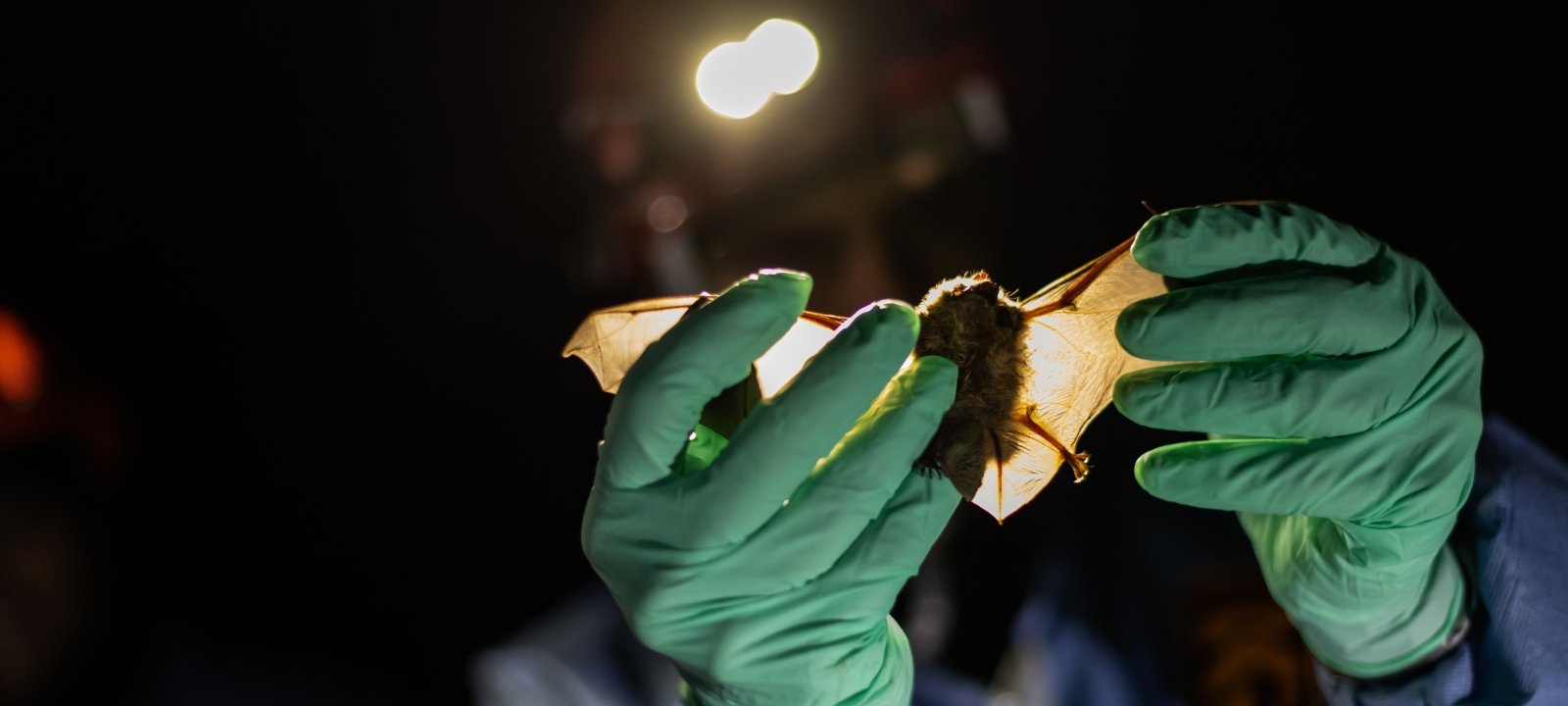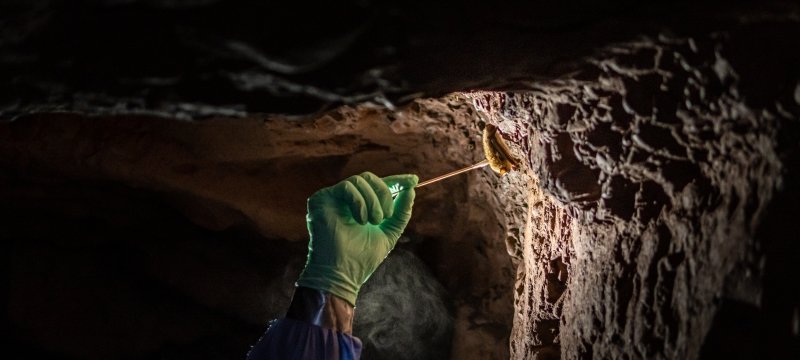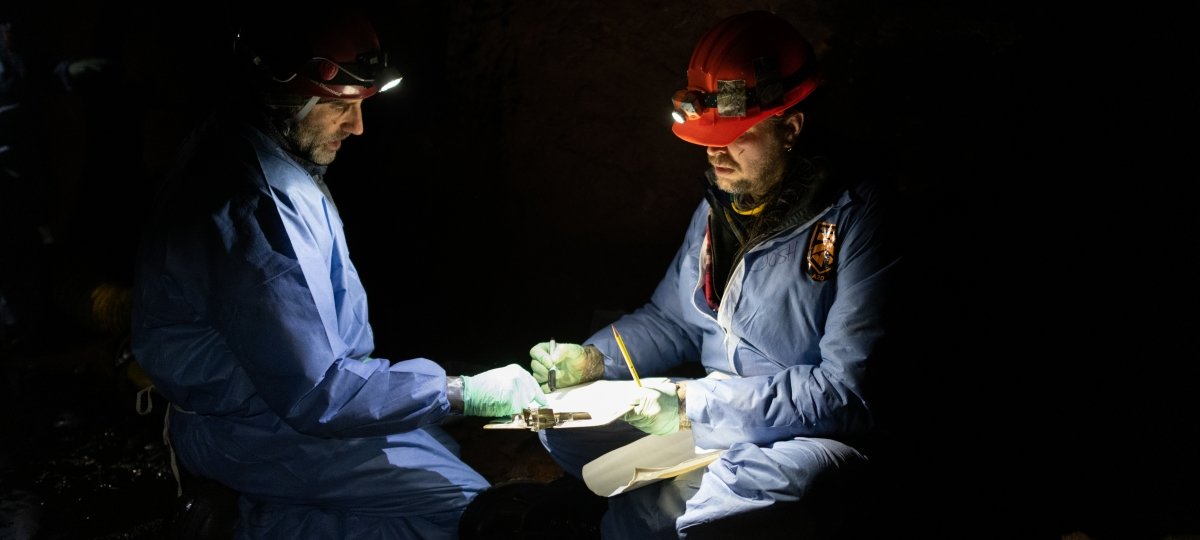Introduction:
White-nose syndrome has reduced Michigan’s overwintering bat abundance by 90%, and diminished cave dwelling bat populations across much of North America. Developing and implementing habitat management strategies that reduce white-nose syndrome and increase survival of bats represents a pressing conservation challenge.
Restoration Goal:
The goal of this project is to experimentally test the efficacy of two proposed management strategies aimed at reducing white-nose syndrome in bats roosting in abandoned mine hibernacula.
Location:
This study is being conducted at several abandoned mines in Michigan’s Upper Peninsula, including the Mead Mine (located in the Porcupine Mountains Wilderness State Park) and the Keel-ridge and Keel-ridge Shaft Mines (located near Iron Mountain).
Partners:
Jared Wolfe worked with John Depue (Michigan Department of Natural Resources), Nathan Manser (Geological and Mining Engineering, Michigan Technological University), Shane Oberloier (Electrical and Computer Emgineering, Michigan Technological University), funding provided by the National Fish and Wildlife Foundation’s Bats for the Future Fund.




